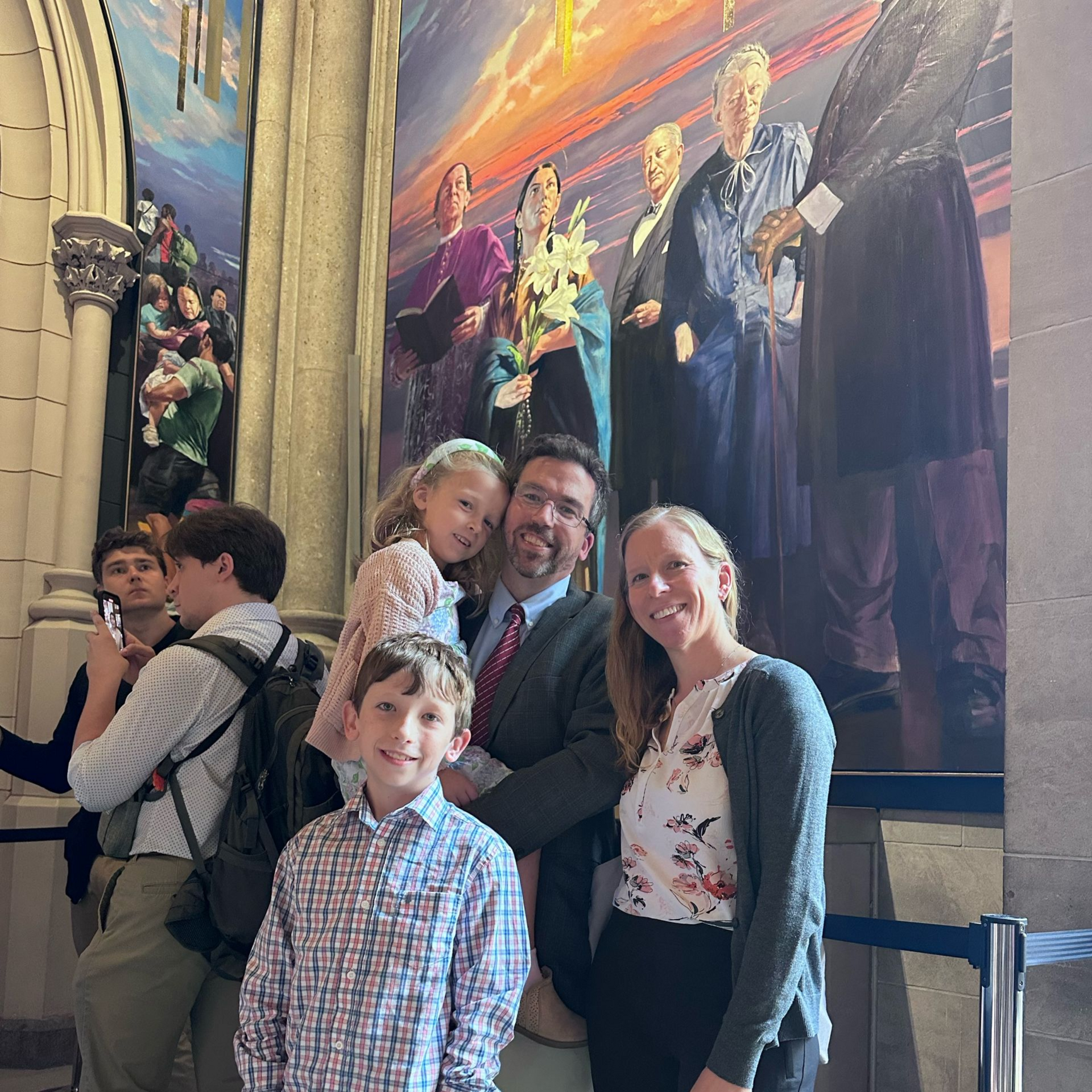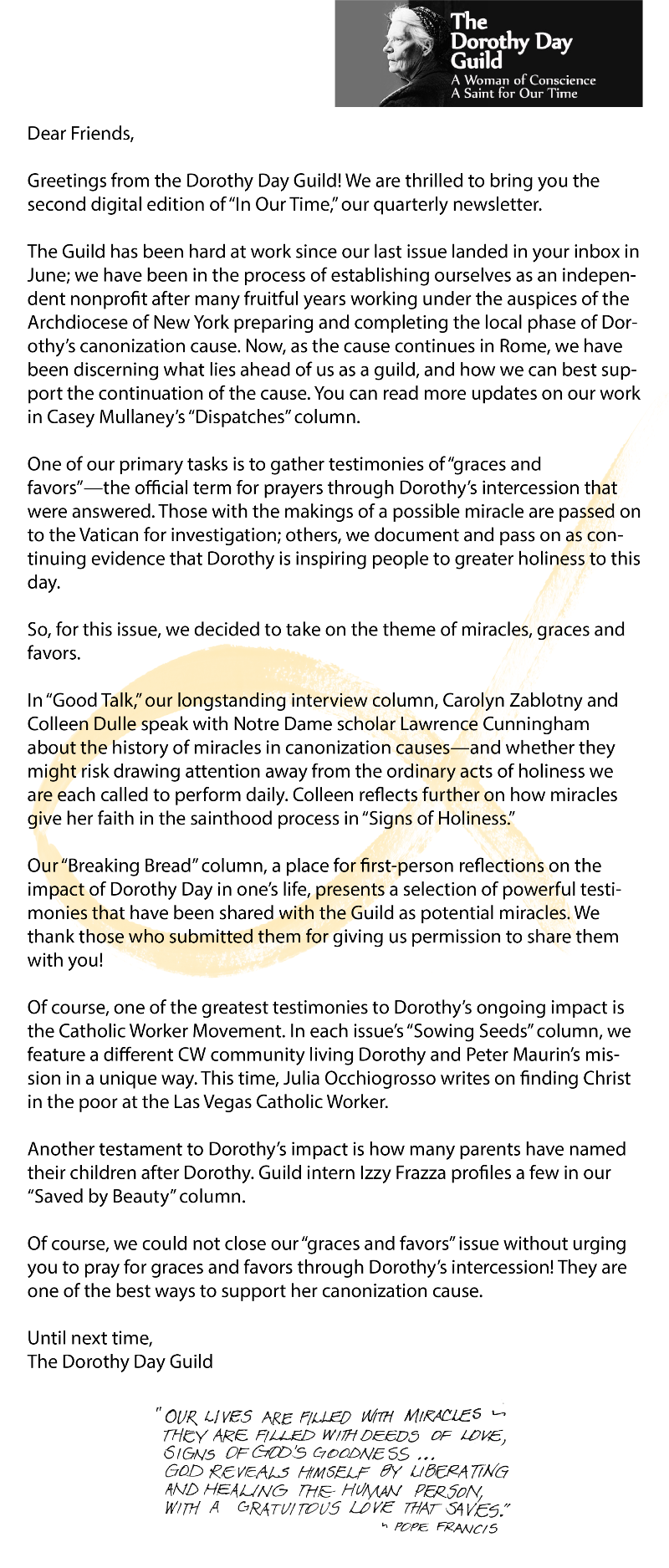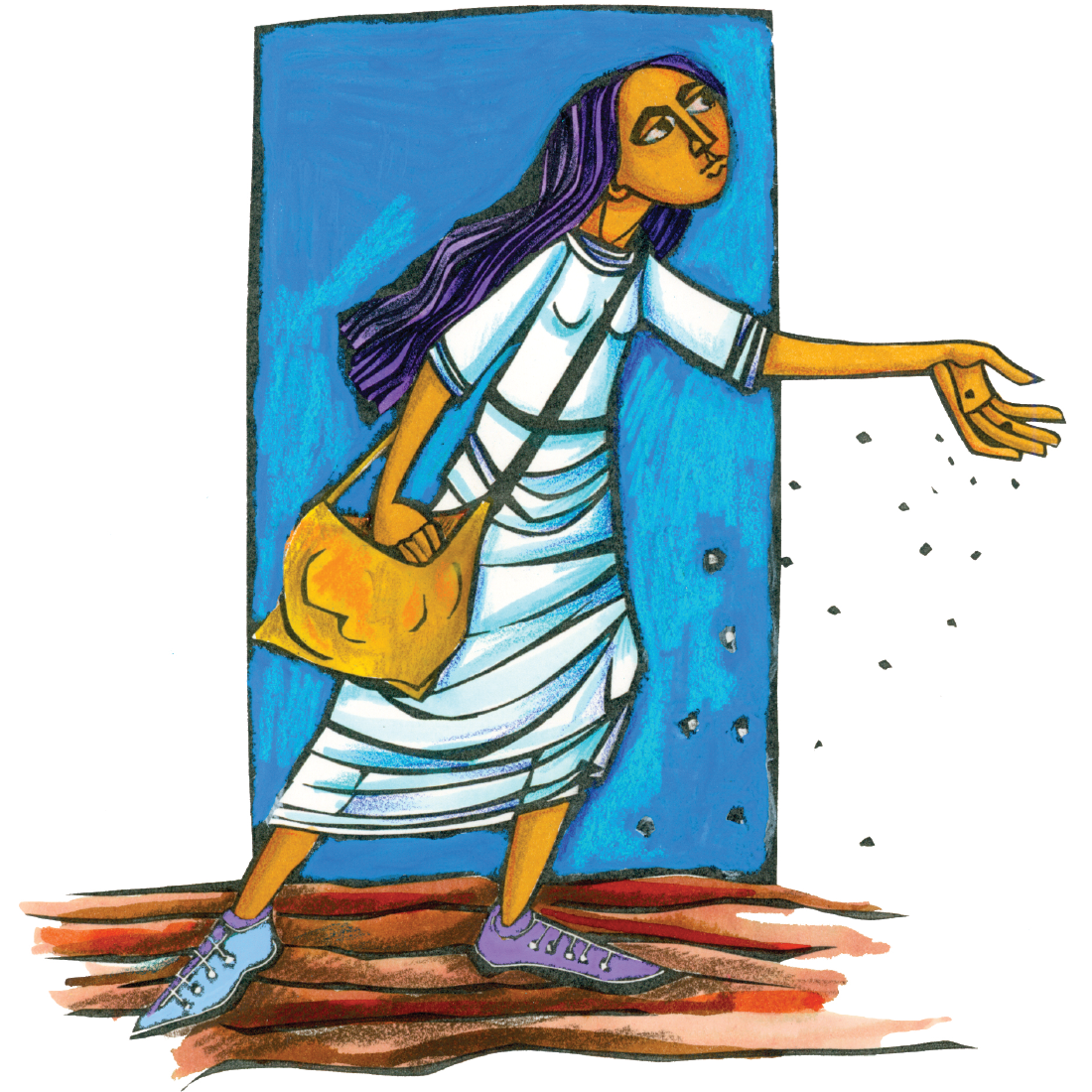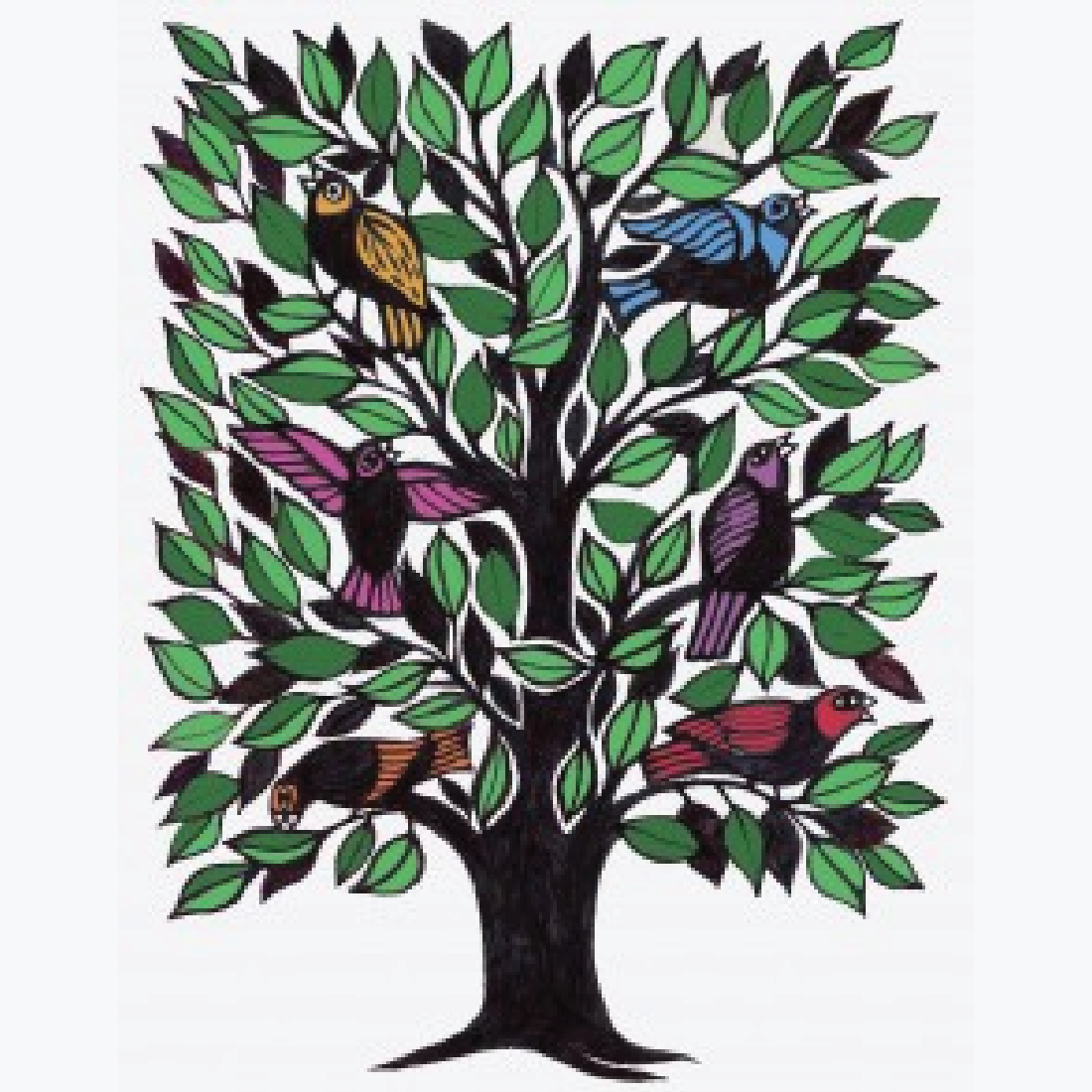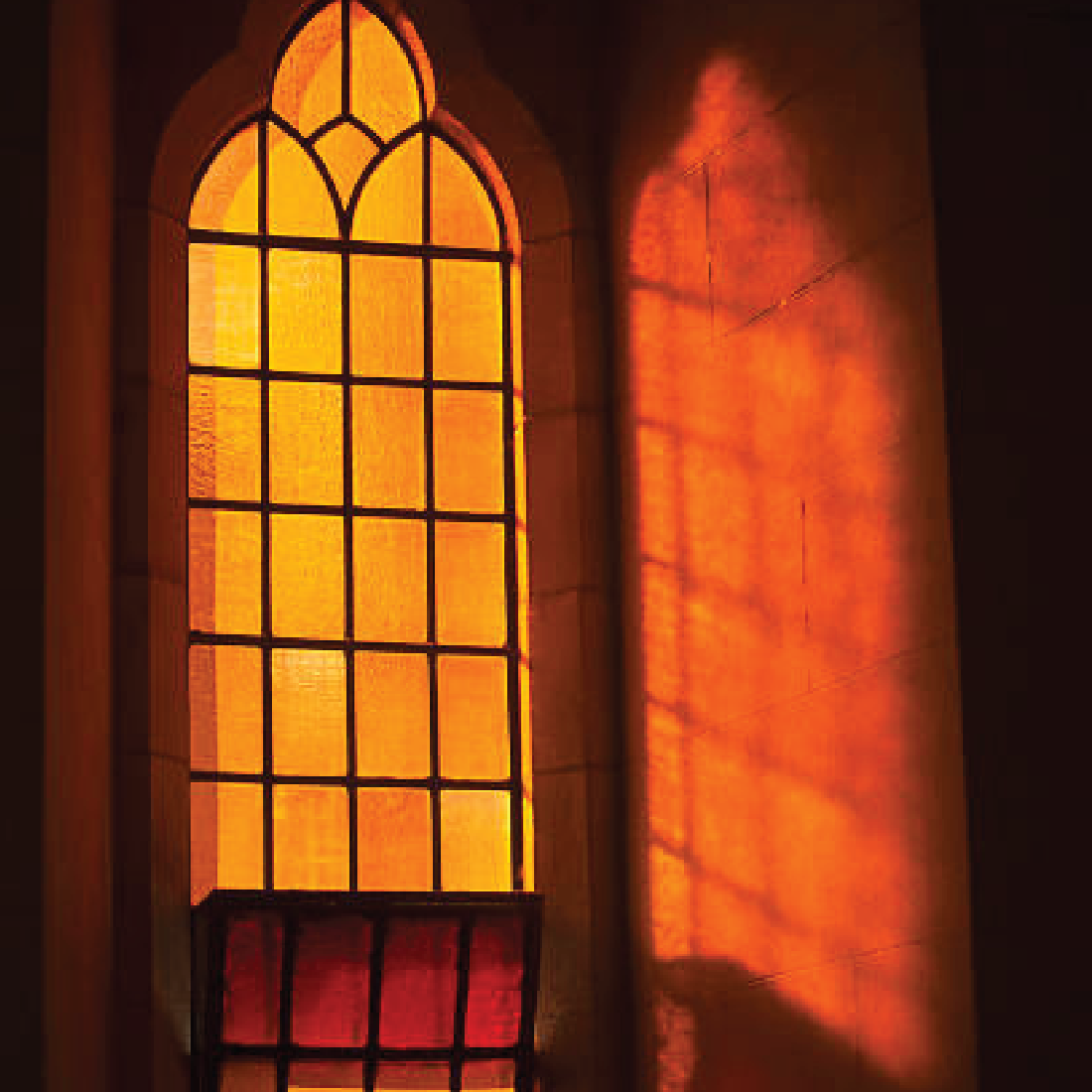IN OUR TIME : Volume 1 (digital), Issue 2
IN OUR TIME
Newsletter of the
Dorothy Day Guild
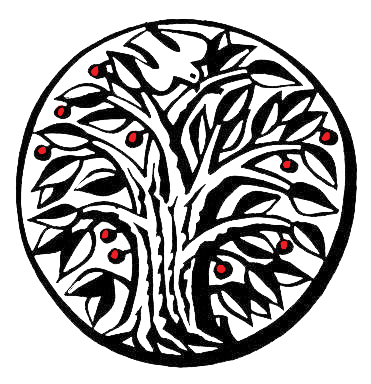
Volume 1 (digital), Issue 2
September 2023
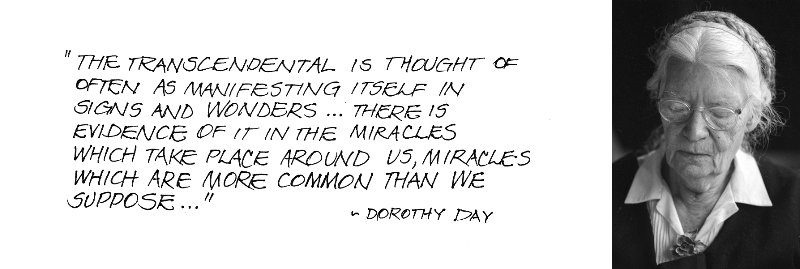
FOR MORE TO READ
(and in the tradition of the Catholic Worker to help "clarify thought"),
here are some engaging articles on matters miraculous:
Miracles as part of spiritual practice.
"What the Conversion of St. Ignatius can teach us 500 years later”
by Jean Luc Enyegue, S.J.
(Our thanks for viewing to America magazine)
Miracles as crucial to an understanding of Christianity.
"C.S. Lewis on Miracles: Why they are important and significant”
(Our thanks to the C.S. Lewis Institute)
Pilgrimage and prayer for miracles of change.
"Promises & Miracles:
by Claudia Avila Cosnahan
(Our thanks for viewing to Commonweal magazine)
Miracle stories found in the world’s great religions.
"Making Room for Miracles”
Introduction to The Book of Miracles
by Kenneth L. Woodward
(Our thanks to the author)

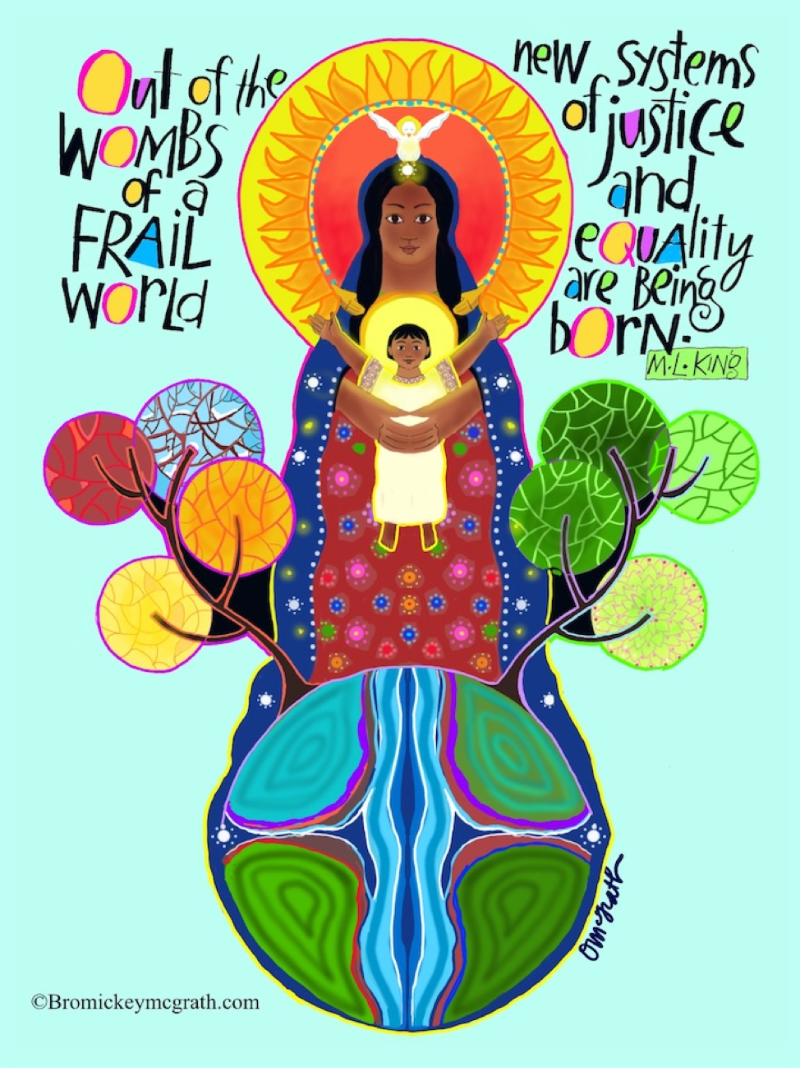
Lakota Mary and Jesus by
Brother Mickey McGrath
(Likely for Dorothy Day, the Incarnation -- the wellspring
of her faith from which all her activism flowed -- was the
greatest miracle.)
YOUR SUPPORT KEEPS THE CAUSE MOVING!
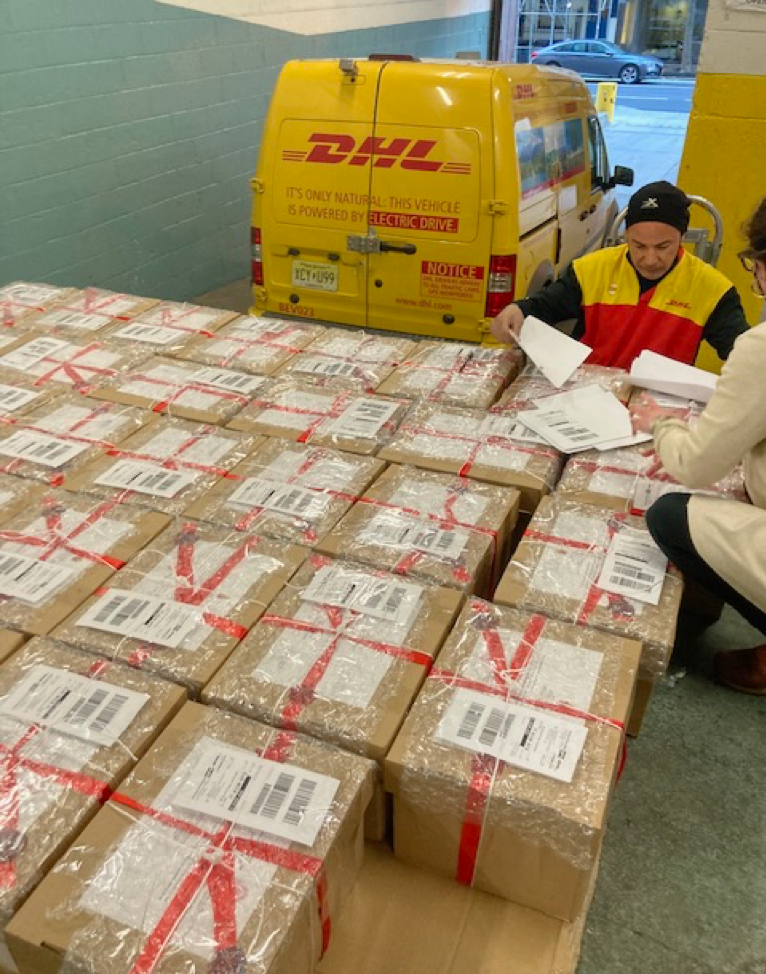
Blessed and be-ribboned boxes of evidence sent to Rome in 2022,
marking the start of the final phase of the inquiry into Day’s holiness.
THANK YOU
for Joining the Dorothy Day Guild
as a New Member or a Renewing Member
and/or for Making a Donation.
HELP HERE

DEAR READERS:
We’d love to hear from you!
And learn what is
on your minds,
in your hearts,
or your prayers
about Dorothy
and the cause.
Contact:
ddg@archny.org
(subject line: In Our Time)

IN OUR TIME
Editorial and Production Team
Colleen Dulle, Issue Editor
Anthony Santella
Gabriella Wilke
Carolyn Zablotny
Contributors
Writers:
Jodee Fink, Isabel Frazza, Casey Mullaney, Julia Occhiogrosso
Designer:
Mindy Indy, www.mindyindy.com
Lettering:
Linda Henry Orell
Credits
Art:
Ade Bethune, “Peace Tree,” masthead; “Vine and Branches,” border; Rita Corbin, “Tree of Life (w. birds)”
Photo: Bob Fitch, Courtesy of Dept. of Special Collections and University Archives, Stanford University
Our deep thanks to
Bro. Martin Erspamer, OSB,
for the use of his iconic images (preceding columns for “Good Talk,” “Breaking Bread,” “Sowing Seeds,” “Signs of Holiness”) and to
Bro. Mickey McGrath, OSFS,
for the use of his illustration, “Lakota Mary and Jesus.”
Share this post


